Effective sources of lysine, histidine, arginine and sulphur amino acids
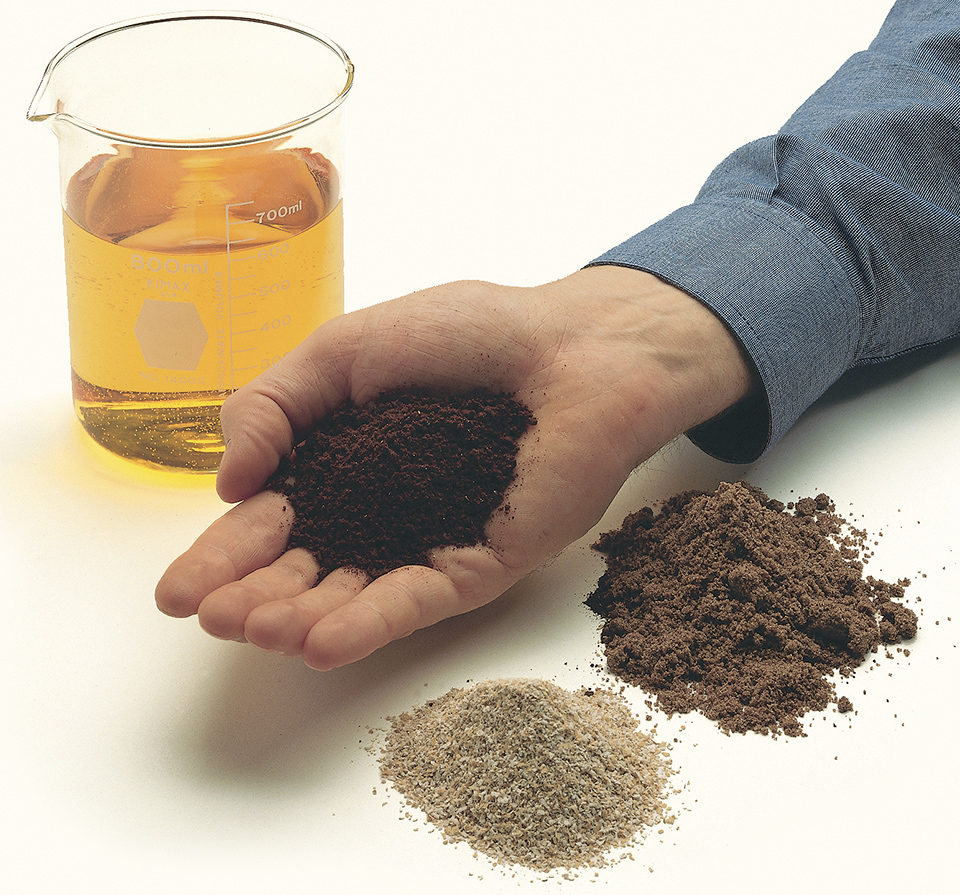
Aquaculture is a rapidly expanding industry worldwide, and the demand for high-protein ingredients as alternative sources for high-quality fishmeal will expand 200 to 300 percent if the optimistic projection for growth over the next 25 years comes true. Besides obvious economic incentives for replacing fishmeal, significant pressure to improve the environmental sustainability of aquaculture also has had an impact on feed formulation practices in recent years. Reducing fishmeal levels is seen as environmentally responsible by a large segment of the population.
Opportunities for rendered animal proteins
Alternative sources for diets for aquaculture species include byproducts produced by the inedible rendering industry, such as poultry meal, blood meal, meat and bone meal, hydrolyzed feathers, and many others. Rendered animal proteins are especially valuable in the context of fishmeal replacement.
Formulating feeds with low fishmeal content requires the use of combinations of economical ingredients, since many feedstuffs have significant limitations and cannot be used individually at very high levels in the diets of most fish species. Rendered proteins are, consequently, very valuable for the formulation of cost-effective, low-fishmeal aquaculture feeds.
In the past, the use of rendered animal byproducts has been limited by concerns about their poor digestibility and variable quality. A large number of studies have shown that the quality of these ingredients has considerably improved over the past two or three decades.
Today, rendered animal proteins often prove to be the most cost-effective feedstuffs when comparisons are done on a level playing field, for example, on a digestible protein basis (Table 1). The high nutrient density (high protein, high fat, low carbohydrate) of modern shrimp and fish feeds leaves very little room for economical ingredients with low protein and digestible energy contents (cereal grains, field peas, canola meal, soybean meal, etc.). The high digestible protein and energy contents of most rendered animal protein ingredients makes them useful for the formulation of low-fishmeal fish feeds.
Essential acids, palatable nutrients
Numerous studies have shown that rendered animal protein ingredients are effective sources of essential amino acids such as lysine, histidine, arginine, and sulphur amino acids. As such, they complement very well plant protein ingredients like corn gluten meal and soybean meal, which are deficient in some essential amino acids.
Amino acids in blood meals are highly digestible and appear to be more efficiently utilized than synthetic amino acids by fish. This difference in lysine bioavailability between blood meal and synthetic lysine is significant enough to be of value for least-cost formulation. More work is required to better define the bioavailability of amino acids in rendered animal proteins.
In addition, animal proteins are generally more palatable to most aquatic species than plant protein ingredients. They are also good sources of several nutrients that are abundant in fishmeal: arachidonic acid, taurine, and hydroxyproline. Rendered products could also be cost-effective sources of cholesterol for fish and shrimp diets (Table 2).

Peptides, nucleotides
Small peptides play numerous roles in the biology of aquatic species. Hydrolyzed, rendered proteins offer opportunities in the currently hot area of bioactive peptides. Numerous researchers have discovered that when certain proteins are hydrolyzed in just the right way, the products include one of these small peptides that have powerful physiological effects.
Recently, the research group of Chen, a member of the Animal Co-Products Research and Education Center funded by the Fats and Proteins Research Foundation, has attempted to produce bioactive peptides from rendered protein such as collagen. In the preliminary research, some bioactive peptides have been screened and identified using various chromatographic techniques and confirmed with in vitro antioxidant bioassays. The data suggest that one of these peptides could compete as a natural alternative to the popular synthetic antioxidants butylated hydroxyanisole (BHA) and butylated hydroxytoluene (BHT) used widely in the aquaculture feed manufacturing industry.
Another 2007 study by Gunther quantified the nucleotide content of several rendered animal protein ingredients (Table 3). The idea is to identify how rendered animal proteins can improve the nucleotide content of diets for first-feeding Atlantic salmon. Diets can then be used to enhance the growth and gut development of salmon larvae.
Increasing role
Perceived food safety issues, as well as import and export restrictions, are the major factors that limit the use of animal byproducts in aquaculture feeds today. Nonetheless, rendered animal proteins and fats are integral components of cost-effective aquaculture feeds in many countries. These ingredients will very likely play an increasing role as fishmeal levels in aquaculture feeds are further reduced.
(Editor’s Note: This article was originally published in the November/December 2007 print edition of the Global Aquaculture Advocate.)
Now that you've reached the end of the article ...
… please consider supporting GSA’s mission to advance responsible seafood practices through education, advocacy and third-party assurances. The Advocate aims to document the evolution of responsible seafood practices and share the expansive knowledge of our vast network of contributors.
By becoming a Global Seafood Alliance member, you’re ensuring that all of the pre-competitive work we do through member benefits, resources and events can continue. Individual membership costs just $50 a year.
Not a GSA member? Join us.
Authors
-
Sergio F. Nates, Ph.D.
Fats and Proteins Research Foundation, Inc.
801 North Fairfax Street, Suite 205
Alexandria, Virginia 22314 USA -
Dominique P. Bureau, Ph.D.
Fish Nutrition Research Laboratory
University of Guelph
Guelph, Ontario, Canada
Related Posts
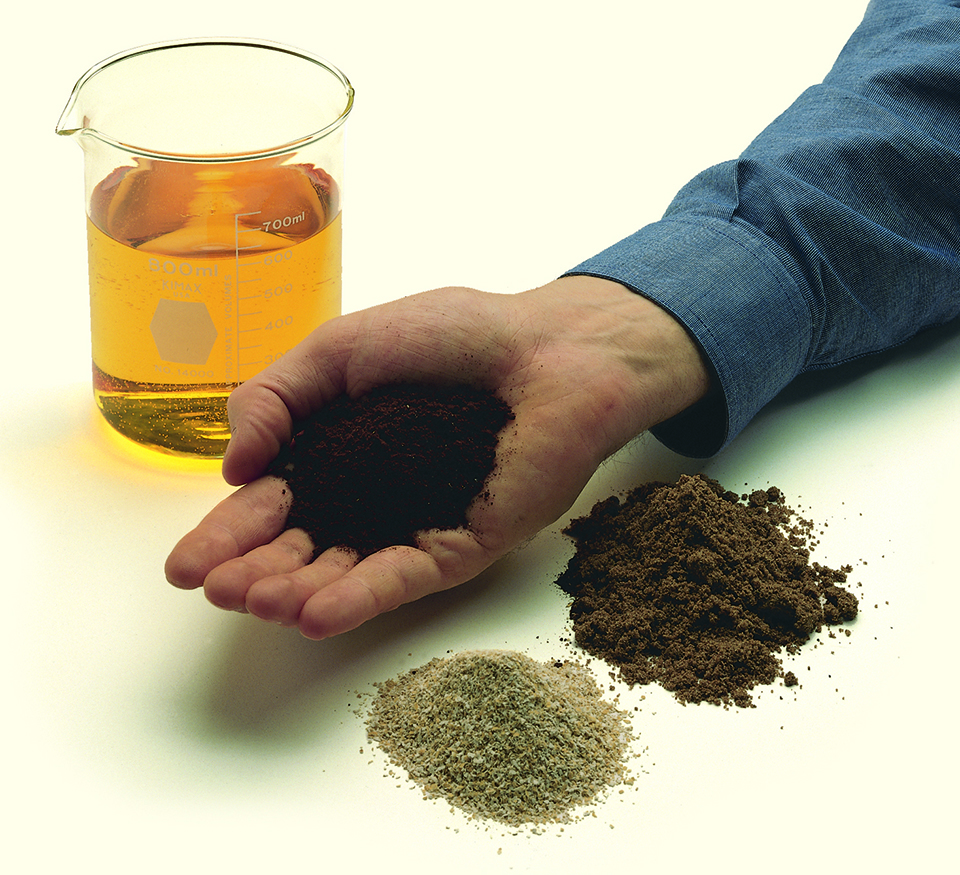
Aquafeeds
Animal co-product hydrolysates sources of key molecules in aquafeeds
Key molecules found in animal byproduct hydrolysates show potential for use as functional ingredients in aquaculture feeds. Animal co-product hydrolysates from slaughterhouse waste and rendered animal byproducts present a protein alternative.
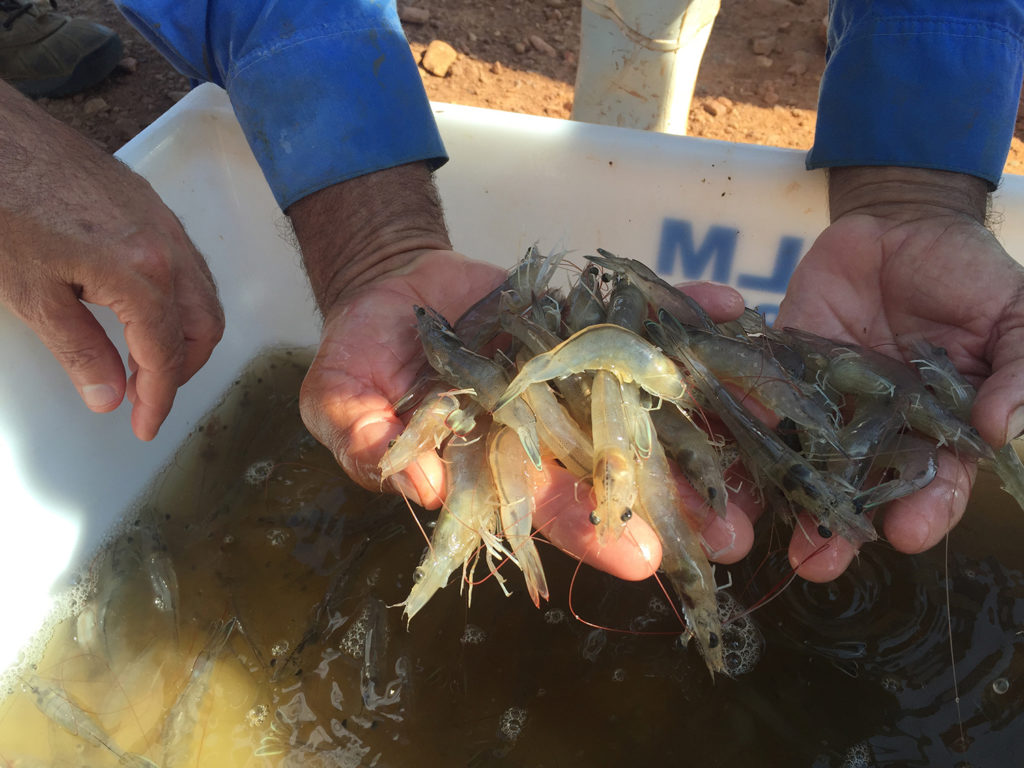
Aquafeeds
Aquafeed supplementation with crystalline amino acids
Authors present a practical review of modern formulation options including crystalline amino acids in fulfilling nutritional requirements in aquafeeds.
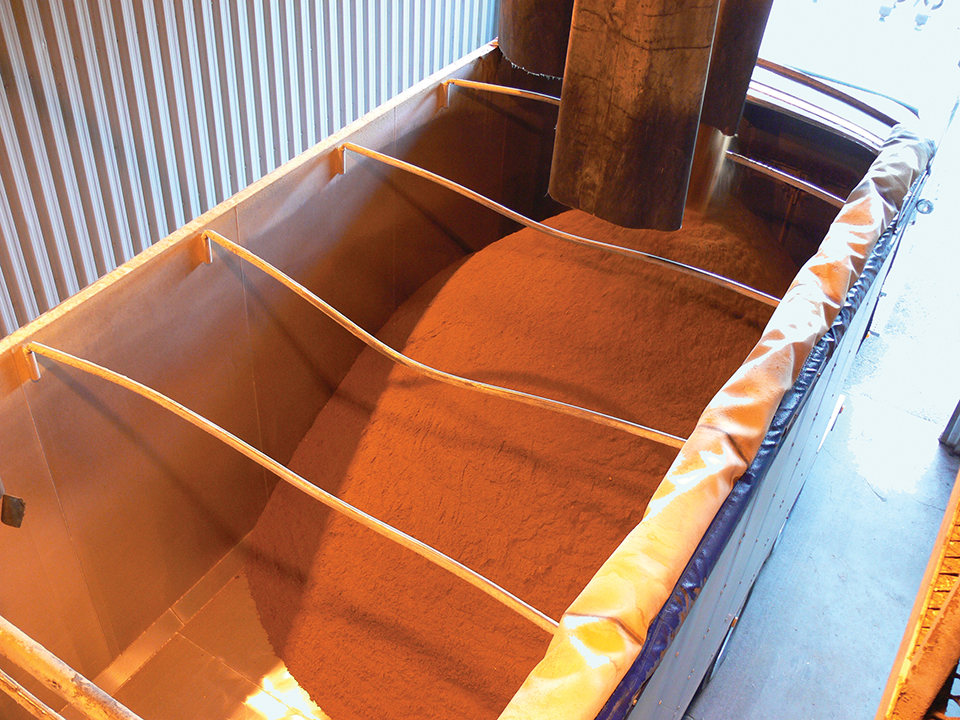
Health & Welfare
Fishmeal replacements: Rendered protein meals effective
Research indicates that rendered protein meals could replace significant amounts of fishmeal in diets for shrimp and several cultured fish species without reducing weight gain.
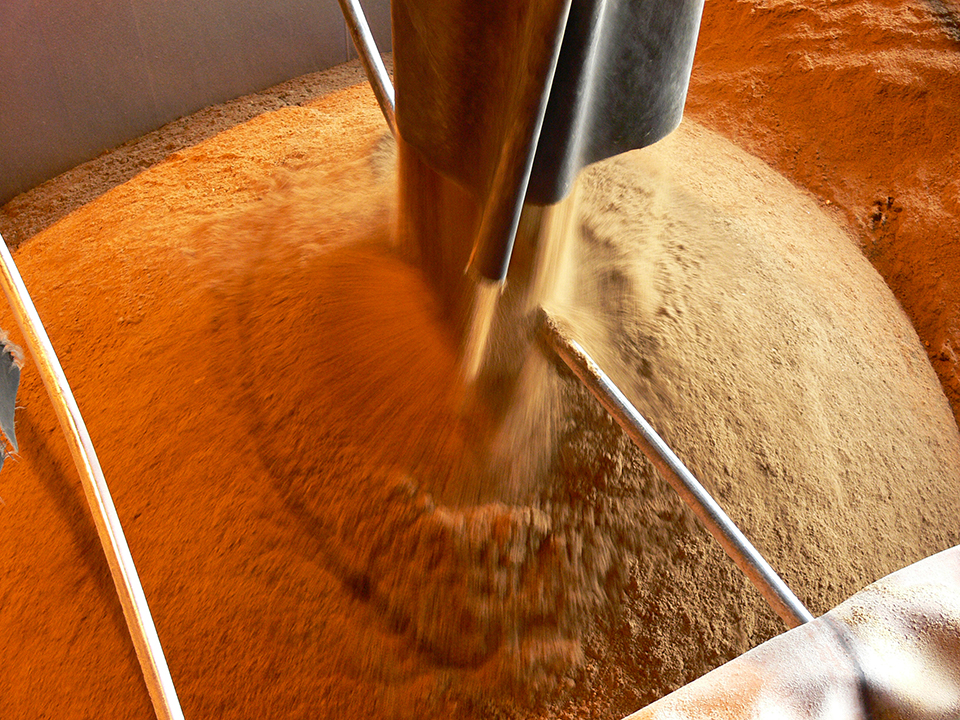
Aquafeeds
Gamma irradiation enhances nutritional value of animal byproducts
Gamma irradiation treatment presents a possible processing technique for reducing anti-nutrients and improving the nutritive quality of many feed ingredients.


